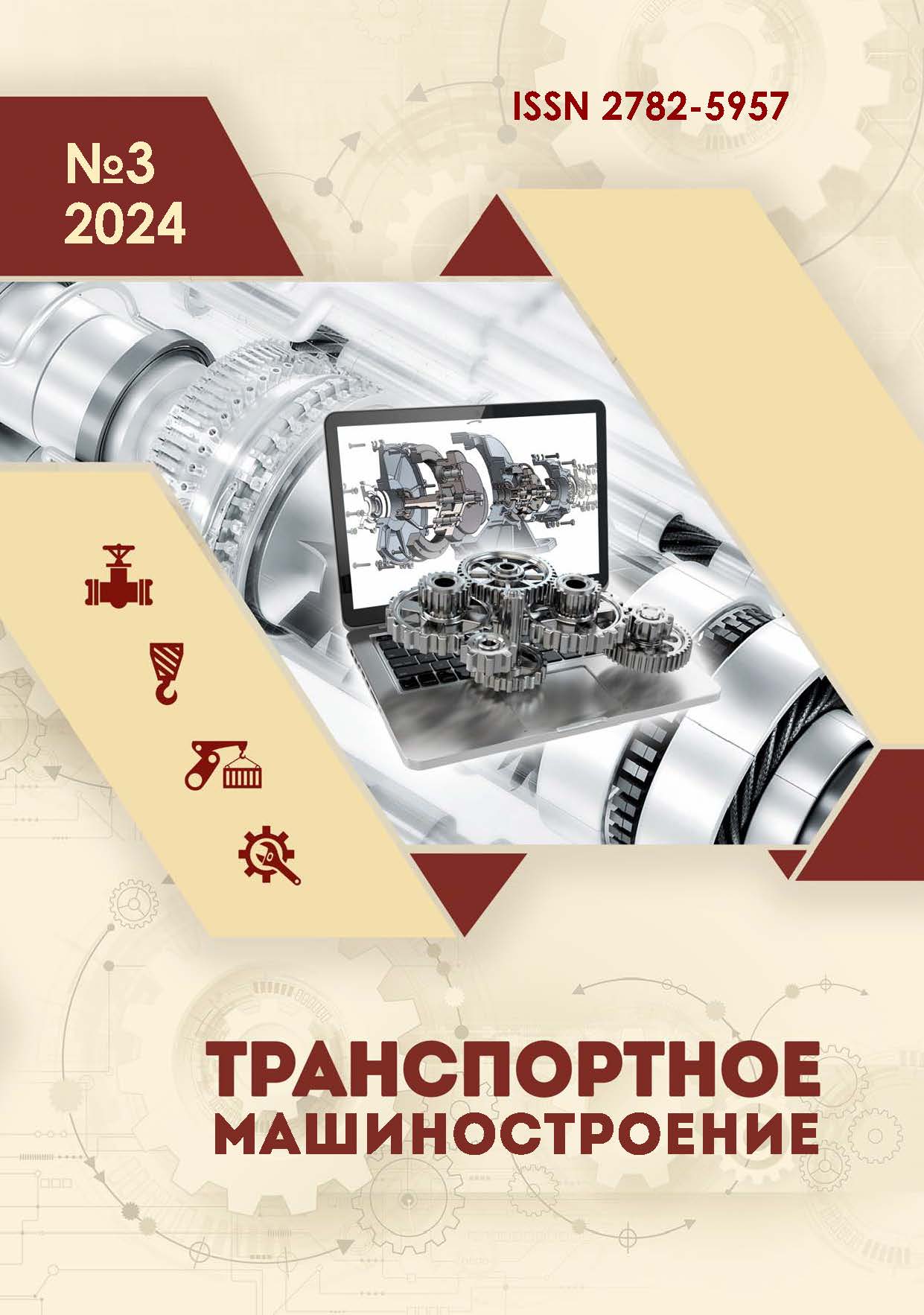Bryansk, Bryansk, Russian Federation
Bryansk, Bryansk, Russian Federation
Bryansk, Bryansk, Russian Federation
UDK 665.76 Смазочные масла, пластичные смазки, специальные жидкости, неуглеводородные фракции
BBK 344 Общее машиностроение. Машиноведение
There is given the study of viscous properties of engine oil, depending on the temperature before and after change on modern domestic gasoline and diesel cars, the determination of spectral characteristics and X-ray fluorescence analysis of wear particles after mileage. The degree of viscosity of semi-synthetic oils of two types is estimated. The oils were cooled and heated up to 150 °C. A digital viscometer was used, the dynamic viscosity of all oils decreased with increasing temperature, which is associated with oxidation in waste oil. To assess the effect of motor oil on engine operation, IR spectrometric analysis is performed and the thickness of the lubricating film is determined. The test results showed a qualitative and quantitative change in the characteristic frequencies of the new engine oil and the spent one after 10,000 km. X-ray fluorescence analysis makes it possible to analyze wear products and determine which mechanism in the engine is most susceptible to wear. Lines have characteristic absorption frequencies and indicate a change in physico-chemical properties of oil in the engine. An increase in contamination and in the viscosity of used oils is associated with the presence of impurities formed during the oxidation and polymerization of the base oil. It is necessary to increase the number of samples and sampling during different periods of operation so that you can verify the same effect throughout the entire engine operation. The results obtained indicate that these methods can be used to analyze and control the mode of operation of oils in the engine, allowing to determine the wear and further apply appropriate additives to the oil to improve performance properties.
oil, dynamic viscosity, friction, particles, wear, engine
1. Adamczewska JZ, Love C. Oxidative stability of lubricant measured by PDSC CEC L-85-T-99 test procedure. Journal of Thermal Analysis and Calorimetry. 2005;80:753-759.
2. Semin AR, Rosli AB. Combustion temperature effect of diesel engine convert to compressed natural gas engine. American Journal of Engineering and Applied Sciences. 2009;2:212-216.
3. Owranga F, Mattsson H, Olsson J, Pedersen J. Investigation of oxidation of a mineral and a synthetic engine oil. Thermochimica Acta. 2004;413:241-248.
4. Shalygin MG, Buyanovsky IA, Samusenko VD, Vashchishina AP. Tribological properties of semi-fluid lubricant with surfactant additives. Friction and Wear. 2023;44(5):418-426. DOIhttps://doi.org/10.32864/0202-4977-2023-44-5-418-426.
5. Totten GE, Westbrook SR, Shah RJ. Fuels and lubricants handbook: technology, properties, performance, and testing. ASTM International, Copyright by ASTM; 2014.
6. Diaby M, Sablier M, Le Negrate A, El Fassi M, Bocquet J. Understanding carbonaceous deposit formation resulting from engine oil degradation. Carbon. 2009;47(2):355-366.
7. Tikhomirov VP, Izmerov MA, Kuznetsov SV, Gornostaeva AG. Friction of MTL-metal surfaces. Science Intensive Technologies in Mechanical Engineering. 2022;3(129):40-48.
8. Shalygin M. G. High technology to reduce hydrogen wear of work surfaces of friction. Science Intensive Technologies in Mechanical Engineering. 2016;10(64):3-6.






